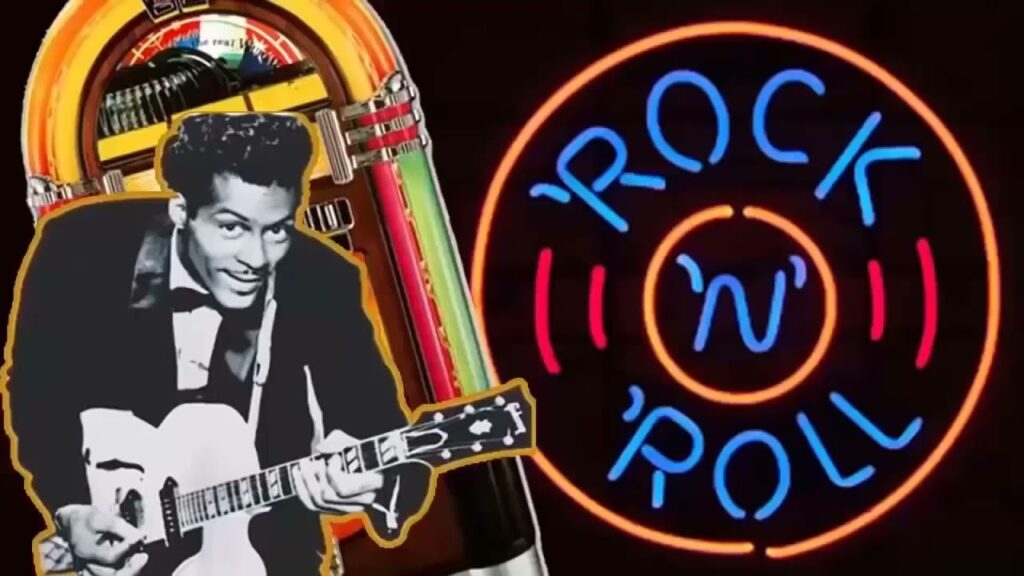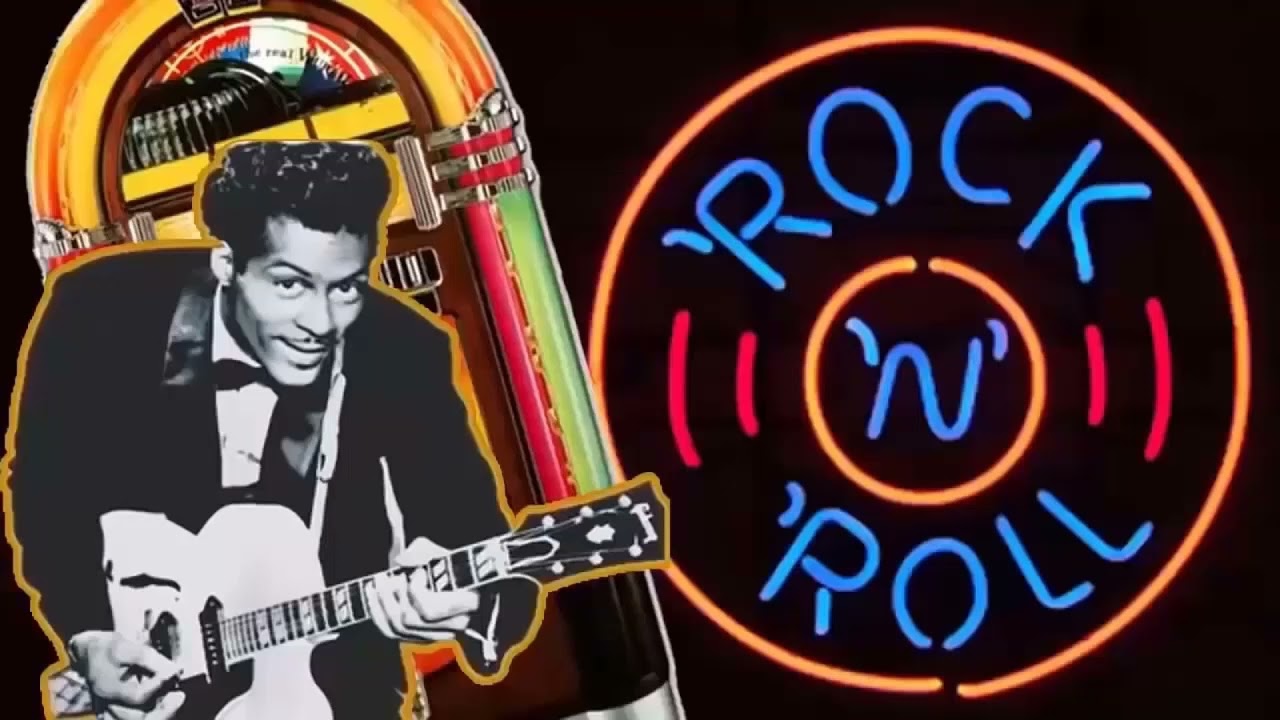
The Timeless Appeal of 1950s Instrumentals: A Journey Through Sound
The 1950s, a decade often romanticized for its poodle skirts, sock hops, and burgeoning rock ‘n’ roll scene, also gifted the world a wealth of instrumental music. These instrumentals of the 50s weren’t just background noise; they were vibrant expressions of melody, rhythm, and emotion, often surpassing the popularity of vocal-driven tracks. From the twangy guitars of surf rock precursors to the smooth saxophone solos that defined cool jazz, the instrumentals of the 50s carved a unique and enduring niche in music history. This article delves into the captivating world of instrumentals of the 50s, exploring their key characteristics, influential artists, lasting impact, and why they continue to resonate with listeners today.
Defining the Soundscape: Characteristics of 1950s Instrumentals
Instrumentals of the 50s were diverse, reflecting the multifaceted musical landscape of the era. However, certain characteristics consistently emerged:
- Melody-Driven: The focus was undeniably on the melody. These weren’t just chord progressions; they were memorable, singable tunes that lingered in the listener’s mind.
- Saxophone Dominance: The saxophone reigned supreme, particularly in rock and roll and rhythm and blues instrumentals of the 50s. Its smooth, soulful tone provided a perfect lead voice.
- Guitar Innovation: Electric guitar was coming into its own, with artists experimenting with new sounds and techniques, creating distinctive riffs and solos that defined the era.
- Simple Arrangements: While complex arrangements existed, many instrumentals of the 50s featured relatively simple instrumentation, often consisting of a rhythm section (drums, bass, piano) and a lead instrument (saxophone, guitar, or organ).
- Danceable Rhythms: Many instrumentals of the 50s were perfect for dancing, reflecting the importance of social dancing in the era. Rhythms were often upbeat and infectious.
The Pioneers: Key Artists and Their Instrumental Hits
Numerous artists contributed to the rich tapestry of instrumentals of the 50s. Here are a few notable examples:
Bill Haley & His Comets
While primarily known for vocal hits like “Rock Around the Clock,” Bill Haley & His Comets also released instrumental tracks like “Rock-A-Beatin’ Boogie,” showcasing the band’s tight musicianship and energetic sound.
Link Wray
Link Wray’s “Rumble” (1958) is arguably one of the most influential instrumentals of the 50s. Its raw, distorted guitar sound, achieved by poking holes in his amplifier’s speakers, was revolutionary and paved the way for generations of rock guitarists. [See also: The History of Distortion in Rock Music]
The Champs
The Champs are best known for their infectious instrumental hit “Tequila” (1958). The song’s simple but catchy melody and the iconic “Tequila!” yell made it a worldwide sensation.
Duane Eddy
Duane Eddy, known for his “twangy guitar” sound, achieved widespread popularity with instrumentals of the 50s such as “Rebel-Rouser” (1958) and “Peter Gunn” (1959). His distinctive guitar style influenced countless guitarists.
The Ventures
Although their peak popularity came in the early 1960s, The Ventures began their career in the late 1950s, laying the foundation for surf rock with instrumentals of the 50s like “Walk, Don’t Run” (1960, though initially recorded in 1959). Their clean, reverb-drenched guitar sound became a signature of the genre.
Santo & Johnny
Santo & Johnny Farina, brothers who played steel guitar and guitar respectively, achieved fame with their beautiful and melancholic instrumental “Sleep Walk” (1959). Its dreamy melody and evocative atmosphere made it a timeless classic. The song is a perfect example of the emotional power of instrumentals of the 50s.
Chuck Berry
While primarily a vocalist, Chuck Berry’s guitar playing was integral to his sound. Many of his songs, even those with vocals, featured extended instrumental breaks that were just as iconic as the lyrics. These instrumental sections are considered important contributions to the instrumentals of the 50s landscape.
Beyond Rock and Roll: Other Instrumental Genres of the 1950s
While rock and roll instrumentals of the 50s are perhaps the most well-known, other genres also contributed significantly to the instrumental music scene:
Jazz
Jazz continued to thrive in the 1950s, with instrumental jazz albums becoming increasingly popular. Artists like Miles Davis, John Coltrane, and Dave Brubeck pushed the boundaries of instrumental jazz. [See also: The Evolution of Jazz Music in the 20th Century]
Easy Listening
Easy listening, also known as mood music, offered soothing and melodic instrumentals of the 50s often used as background music in homes and businesses. Artists like Mantovani and Percy Faith were popular in this genre.
Exotica
Exotica, a genre that blended Latin American, Polynesian, and Asian musical influences, featured lush and exotic instrumentals of the 50s. Artists like Martin Denny and Arthur Lyman created soundscapes that transported listeners to faraway lands.
The Enduring Legacy: Why 1950s Instrumentals Still Matter
The instrumentals of the 50s continue to resonate with listeners for several reasons:
- Timeless Melodies: The melodies are often simple but incredibly catchy and memorable, transcending generations.
- Nostalgia: For many, these instrumentals of the 50s evoke a sense of nostalgia for a simpler time.
- Pure Musicality: Without the distraction of vocals, listeners can fully appreciate the musicianship and the interplay between instruments.
- Influence on Later Genres: The instrumentals of the 50s profoundly influenced later genres such as surf rock, instrumental rock, and even some forms of punk and alternative rock.
- Versatility: These instrumentals of the 50s are suitable for a variety of settings, from background music to dance parties to simply relaxing and enjoying the music.
The Influence on Surf Rock
The instrumentals of the 50s were a clear precursor to the surf rock craze of the early 1960s. Artists like Dick Dale took the twangy guitar sound pioneered by Duane Eddy and The Ventures and amplified it, adding reverb and tremolo to create the distinctive surf rock sound. Many surf rock bands, such as The Surfaris and The Chantays, primarily released instrumental music, further solidifying the legacy of instrumentals of the 50s.
Finding and Enjoying 1950s Instrumentals Today
Fortunately, finding and enjoying instrumentals of the 50s is easier than ever. Numerous compilation albums are available on streaming services and physical media. Many classic instrumentals of the 50s can also be found on YouTube and other video-sharing platforms. Exploring these resources will allow you to discover hidden gems and rediscover familiar favorites. [See also: Best Music Streaming Services for Retro Music]
Conclusion: A Timeless Soundtrack
The instrumentals of the 50s represent a significant and often overlooked chapter in music history. From the raw energy of “Rumble” to the dreamy beauty of “Sleep Walk,” these instrumental tracks captured the spirit of the decade and continue to captivate listeners today. Their influence can be heard in countless genres, and their timeless melodies ensure their enduring appeal. So, take some time to explore the world of instrumentals of the 50s – you might be surprised at what you discover. The instrumentals of the 50s prove that music doesn’t always need words to speak volumes. The enduring quality of the instrumentals of the 50s is a testament to their craftsmanship and creativity. By revisiting the instrumentals of the 50s, we can gain a deeper appreciation for the musical landscape of the era and the artists who shaped it. The legacy of the instrumentals of the 50s continues to inspire musicians and delight listeners worldwide. The instrumentals of the 50s are more than just music; they are a cultural artifact, a window into a bygone era. Exploring the instrumentals of the 50s is a rewarding experience for any music lover. The instrumentals of the 50s truly stand the test of time.
